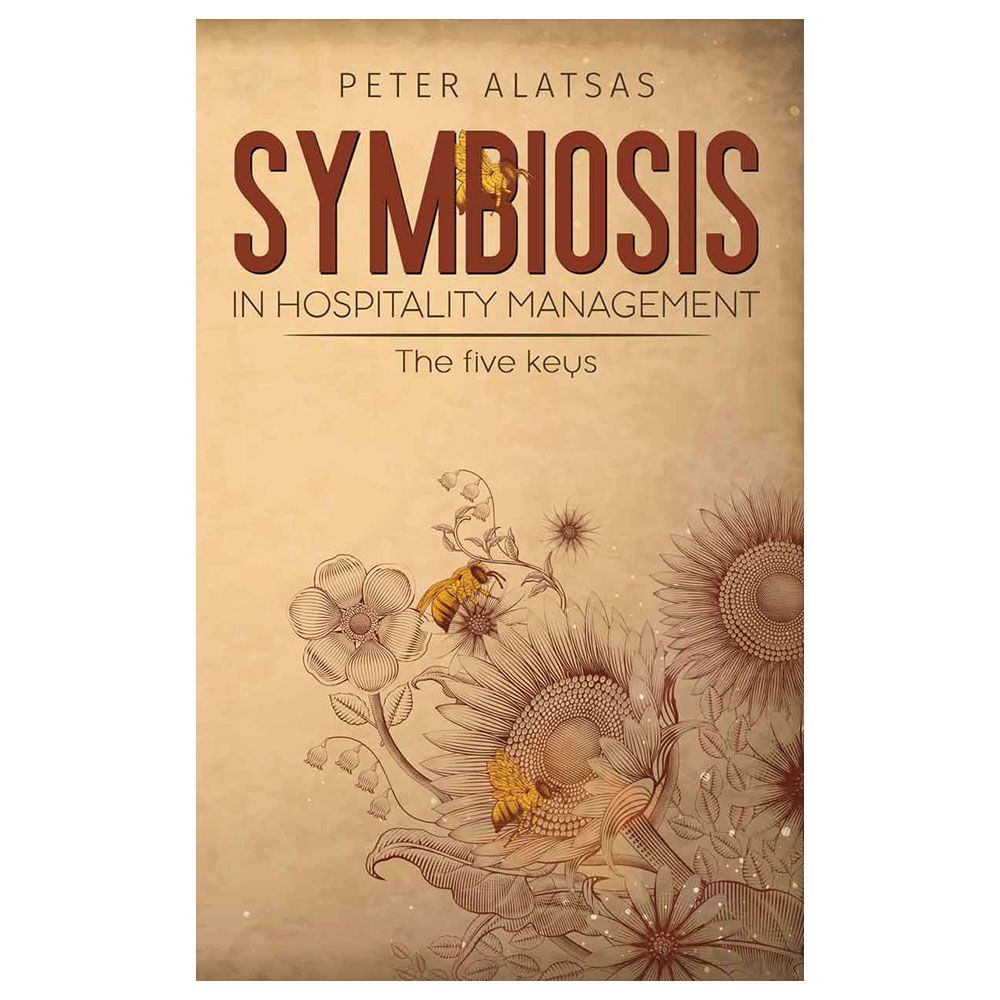Description
Symbiosis in nature is the interaction between two distinct species looking to forge closer long-term relationships. There are three types of interactions; "Mutualism" (honey bees and flowers for example, where both species benefit), "Commensalism" (A bird's nest on a tree for example, where one species benefits whilst the other is not harmed) and "Parasitism" (humans and mosquitoes for example, where one species benefits and the other is harmed). , , Symbiotic, human to human interactions seek to form closer long-term relationships based on "Mutualism", the type of interaction where there is mutual benefit. In the business context, symbiosis happens when key stakeholders collaborate as true partners (not adversaries) for mutual benefit. Assets exist to provide value to the organization and its stakeholders. The hotel asset owner through his representative interacts with the hotel brand operator to create value; find improvements, find opportunities. , , This book primarily looks at hospitality management, key relationships and the complex operational dynamics between two key stakeholders; hotel asset owners and their branded hotel operators focusing on five key principles and a symbiotic leadership approach as a key enabler. There is a lot of room for improvement and it is this crucial relationship that is examined. This guidebook has been written for hotel brand operators, hotel asset owners and their representatives who are managing, overseeing or monitoring a business venture for themselves or on behalf of others. It is also a valuable guide for students of hospitality as well as the curious layman - anyone who has stayed in a hotel.



